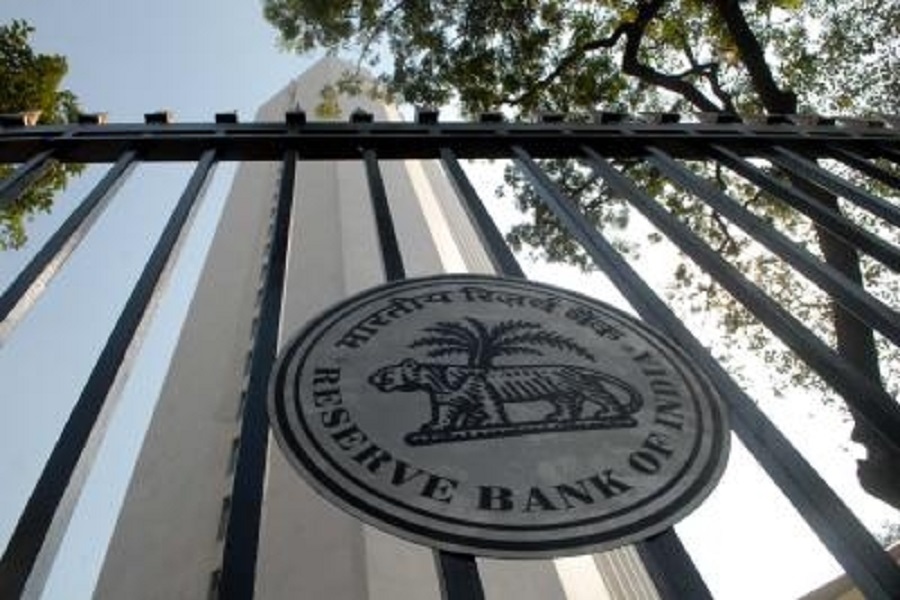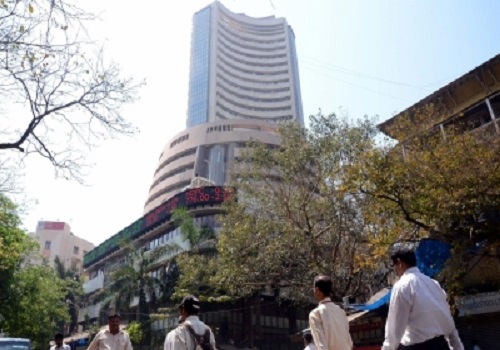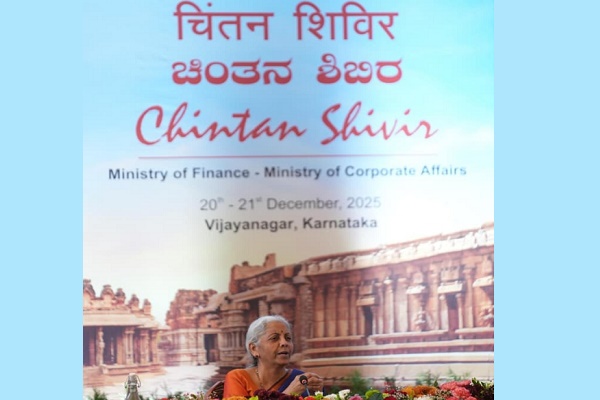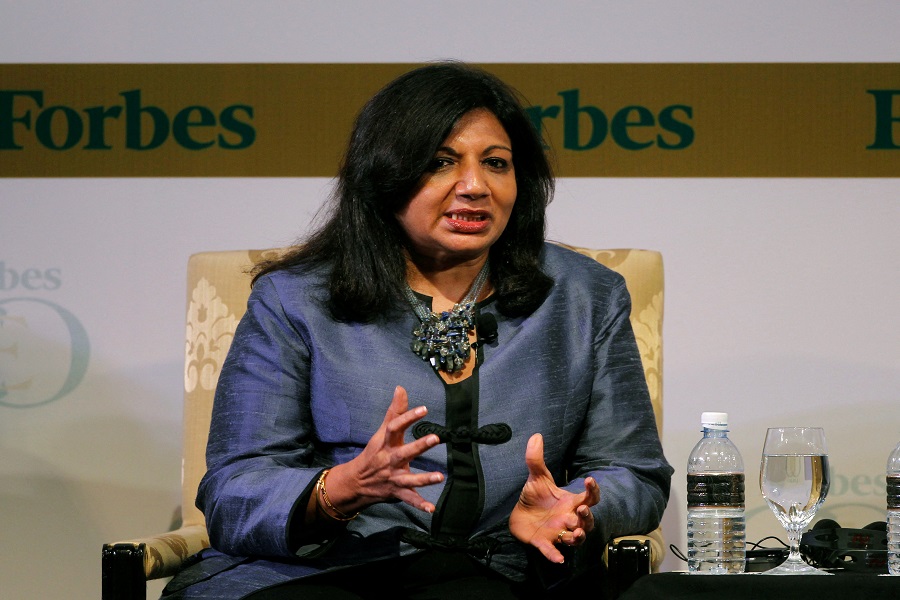Budget will steer India towards sustainable path: Experts

The Union Budget 2024-25 presented by Finance Minister Nirmala Sitharaman on Tuesday included several key initiatives like energy transition pathways, climate finance, improving water resources management, and measures related to irrigation and flood management that will boost India's fight against impacts of climate change, say climate and energy experts.
While the budget lacked details on crucial announcements related to carbon pricing, the use of nuclear power or even how its plan the PM Awas Yojana Urban 2.0 will help build heat-resilient cities, they say.
It has focused on building capacity for each aspect of climate change: mitigation, adaptation and loss and damage.
With barely four months to go before the United Nations Climate Change Conference, commonly known as COP, will be held in Baku, Azerbaijan, here’s a look at how the world’s fifth-largest economy has prioritised in its national budget:
Under the mitigation category, the Budget introduces the Critical Mineral Mission to enhance domestic production, recycling, and overseas acquisition of critical minerals necessary for various strategic sectors.
This mission will focus on technology development, workforce training, extended producer responsibility, and establishing financing mechanisms.
PM Surya Ghar Muft Bijli Yojana: This initiative aims to install rooftop solar plants for one crore households, providing free electricity up to 300 units per month. The program, which has been allocated Rs 6,250 crore is expected to reduce reliance on non-renewable energy sources and promote renewable energy adoption.
Pumped storage projects: The government plans to promote pumped storage projects to facilitate electricity storage and manage the variable nature of renewable energy, ensuring a more stable integration into the power grid.
Nuclear energy development: The budget outlines plans to partner with the private sector in developing Bharat Small Reactors and Bharat Small Modular Reactors. It also includes research and development for new nuclear technologies, supported by government funding.
Advanced ultra-supercritical thermal power plants: A joint venture between NTPC and BHEL will set up an 800 MW commercial plant using Advanced Ultra Super Critical technology, aiming for higher efficiency in thermal power generation.
Support for traditional industries: Financial support will be provided for energy audits and cleaner energy transitions in 60 clusters of traditional micro and small industries. This initiative aims to help these industries adopt more sustainable practices.
For climate-resilient agriculture, the government will release 109 high-yielding, climate-resilient crop varieties. Additionally, one crore farmers will be encouraged to adopt natural farming practices with support for certification and branding.
Responding to the Budget, Aarti Khosla, Director, of Climate Trends, said: “The Budget 2024-25 reflects India’s commitment to sustainable development with significant allocations like Rs 1.52 lakh crore for climate-resilient agriculture and the introduction of initiatives like the PM Surya Ghar Muft Bijli Yojana for rooftop solar.
She said that the focus on critical minerals, a policy for pumped storage projects and the decision to develop a policy document on energy transition pathways are laudable too. However, what remains to be seen is how the role of nuclear power in India’s energy mix takes shape.
“The budget lacks timelines for announcements on taxonomy, carbon pricing mechanisms and detailed strategies for mobilising climate finance for adaptation and mitigation efforts in vulnerable communities.”
Calling the Union Budget forward-looking, Vibha Dhawan, Director General, TERI, said: “The Budget is more substantial in terms of the direction it sets for the next five years than the numbers presented. I am pleased to see that adaptation and mitigation both will be the focus of Green Taxonomy.”
He said that the funding for the agriculture sector is to cover the entire ecosystem, particularly R&D, infrastructure, and supply chain, very crucial for food security in the context of rising climate vulnerability. The continuity of the biofuel agenda and push for renewable energy and green hydrogen are aligned with the long-term priorities of energy security and climate mitigation.
Arunabha Ghosh, CEO, of the Council on Energy, Environment and Water (CEEW), said: “The Budget has several promising provisions to build a sustainable economy. It addresses not only India’s clean energy ambitions (with a focus on rooftop solar and pumped hydro storage) but also outlines actions on water treatment, air quality, and recovery from riverine floods.”
Suranjali Tandon, Associate Professor, at the National Institute of Public Finance and Policy, said that the investors and industry have been demanding a taxonomy and transition pathway as guidance for the flow of finance and reorientation of economic activity.
“The Budget announcements that clearly mention the establishment of a carbon market, taxonomy and transition pathways mark significant progress in planning towards Net Zero in 2070,” Associate Professor said.
Rishabh Jain, Senior Programme Lead, CEEW, said that the announcement of a Critical Mineral Mission for India will encourage private and government companies to develop capabilities in the critical minerals supply chain and build competitiveness in the medium to long term.




.jpg)



















